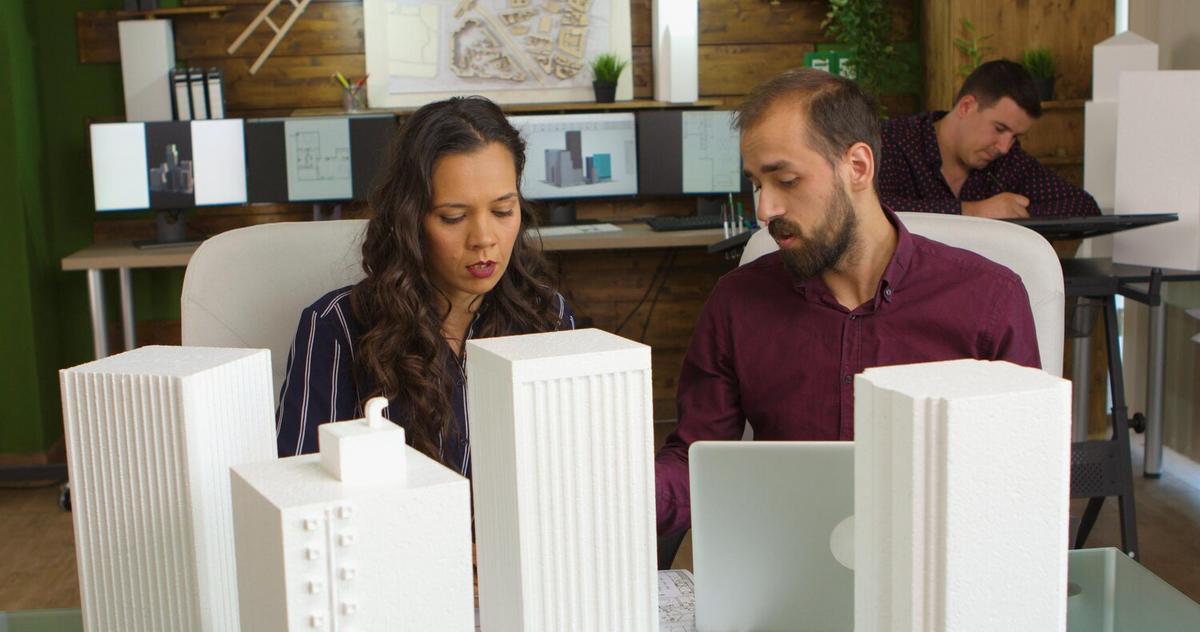
Green Building Technologies: Advancements in Sustainable Architecture
Green building technologies are revolutionizing the way we design and construct our living spaces, paving the way for a more sustainable future. By integrating innovative materials and techniques, these advancements aim to reduce environmental impact while enhancing the quality of life for occupants.
As the urgency for sustainable practices grows, the architectural landscape is witnessing a transformative shift towards green building technologies. These technologies not only promise to minimize ecological footprints but also offer significant cost savings and improved health benefits for inhabitants. According to the World Green Building Council, green buildings can reduce energy use by 25% to 30% compared to conventional structures.
Exploring Green Building Technologies
In the realm of sustainable architecture, several technologies stand out for their effectiveness and innovation. Solar panels, for instance, harness the power of the sun to generate clean energy, significantly cutting down on electricity costs. Green roofs, another example, provide natural insulation, reduce urban heat islands, and offer a habitat for biodiversity in urban settings.
Expert Insights
“The integration of renewable energy systems in building design is not just a trend but a necessity,” states Dr. Mark Anderson, a leading expert in sustainable architecture. “It represents a commitment to reducing carbon emissions and creating a healthier environment.”
Statistical Evidence
Research from the International Energy Agency indicates that buildings account for approximately 40% of global energy consumption. By implementing energy-efficient technologies, this number can be significantly reduced, contributing to global sustainability goals.
Case Study: The Eco-Friendly Home
Consider the story of a family who decided to retrofit their home with energy-efficient windows and smart thermostats. Not only did they notice a decrease in their energy bills, but they also experienced enhanced comfort levels and improved indoor air quality.
Pro Tip: When planning a green building project, consult with a sustainability expert early in the design phase to identify the most effective technologies for your specific needs.
Actionable Steps for Embracing Green Technologies
- Start with an energy audit to identify areas for improvement.
- Consider incorporating renewable energy sources like solar or wind.
- Utilize sustainable building materials such as recycled steel or bamboo.
- Implement water-saving fixtures to reduce consumption.
Comparison of Popular Green Technologies
| Technology | Benefits | Challenges |
|---|---|---|
| Solar Panels | Renewable energy source, cost savings | High initial investment |
| Green Roofs | Insulation, biodiversity support | Structural requirements |
| Smart Thermostats | Energy efficiency, convenience | Compatibility issues |
| LED Lighting | Low energy consumption | Higher upfront cost |
| Rainwater Harvesting | Water conservation | Installation complexity |
| Geothermal Heating | Efficient heating and cooling | Installation cost |
| Recycled Materials | Environmental impact reduction | Availability and cost |
| Low-E Windows | Thermal insulation | Cost |
FAQs About Green Building Technologies
Frequently Asked Questions
What are the main benefits of green building technologies?
Green building technologies offer reduced energy consumption, lower operational costs, improved indoor air quality, and a smaller environmental footprint.
How can I start implementing green technologies in my home?
Begin with small changes such as switching to LED lighting, installing low-flow fixtures, and planning for larger investments like solar panels or smart home systems.
Are green buildings more expensive to construct?
While initial costs can be higher, the long-term savings on energy and maintenance often outweigh the upfront investment.
Conclusion
Green building technologies represent a promising avenue for reducing our environmental impact and promoting sustainable living. By embracing innovative solutions and making informed choices, we can contribute to a healthier planet and improve our quality of life. Whether you’re planning a new build or retrofitting an existing structure, these advancements offer practical benefits and align with global sustainability efforts. By taking action today, you can be part of the movement towards a greener future.


